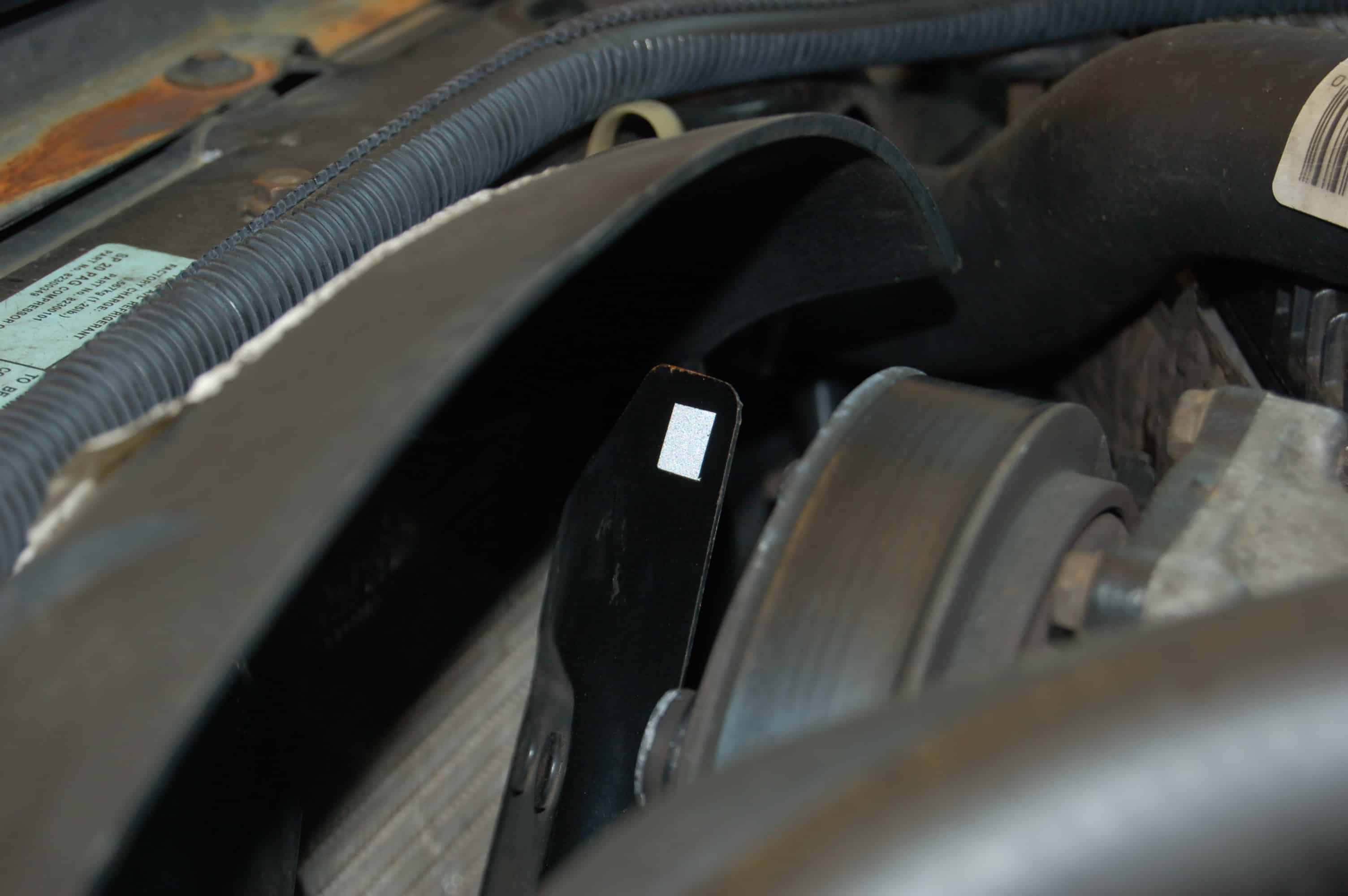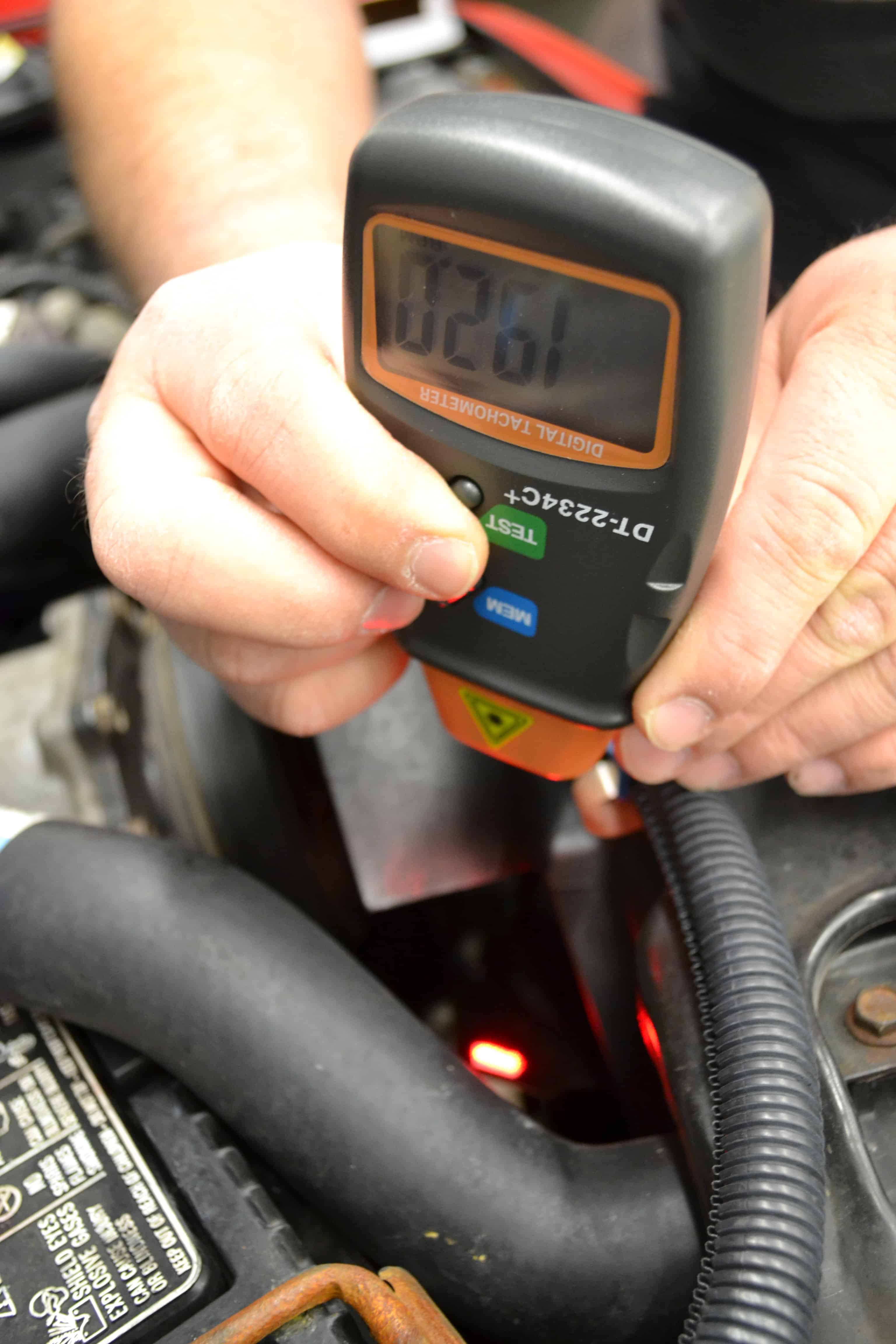Mechanical fan clutch diagnosis
By Steve Schaeber
The engine cooling system is one of the first and most basic of automotive systems that are taught in tech school, and rightly so. It’s also one of the most frequently serviced systems in any vehicle. An often overlooked cause of overheating issues could begin with faulty engine driven thermostatic cooling fan clutches. Here’s a great way to help diagnose these problems.
We all know the normal ways to test these devices. Making sure the engine is turned off (and can’t be started), grab hold of one of the fan blades, and try turning it by hand. You should feel resistance, but the fan should turn in both directions without freewheeling, and definitely should not be locked up. Next, check for wobble and end play by trying to move the fan blades towards and away from the engine. There should be no movement in this direction. Excessive wobble, freewheel or lock up indicates a likely faulty clutch in need of replacement.
Here’s another test you could try, but you’re going to have to get yourself a handheld non-contact tachometer. They are relatively inexpensive, easy to use, and with enough practice and testing of many vehicles, can quickly let you know if there’s an issue with the fan you’ve encountered.
Place a piece of reflective tape onto the end of one of the fan blades (See below).

Make sure you clean the blade first so the reflective tape will stick and not fly off. Next, start the vehicle, and get ready to measure. Hold your tachometer in such a position that you can get it to shine down onto that reflective tape. Then, you’ll see the fan blade’s rotational speed displayed on the tool in RPMs (See below).

Through my own testing, I’ve found that a properly operating fan should spin somewhere around 1100 rpm when idling at normal operating temperature. However, I’ve also found a defective fan clutch that would spin at around 550 rpm. That’s a pretty big difference from normal, but not unexpected on a 15-year-old vehicle. By the way, I did feel some wobble in the fan clutch shaft, but the rotational resistance really did feel fine. In fact, had I not measured the rotational speed and compared it to a known good, I would not have condemned this clutch as a contributor to the overheating.
Just how fast is a mechanical fan supposed to spin? Ever try looking up the specifications for this? It’s not a commonly published spec, but I have heard of this being mentioned once or twice before. If you know of one, please let me know. I’d love to check it out (and mention it here in Cooling Corner). Otherwise, what I’ve found works best is practice. Using this technique on several different vehicles gives me a “database” of my own that I can reference. Now sure, I’m not going to find the same readings on every one, most likely because of the differences in fan and pulley diameters, belt length, number of pulleys and base engine rpm speed differences amongst different vehicles. But generally speaking, you can figure out an average for your own purposes.
If you’re a service professional and not a MACS member yet, you should be! Become a member and receive a technical newsletter with information like what you’ve just read in this blog post visit http://bit.ly/10zvMYg for more information.
You can E-mail us at macsworldwide@macsw.org . To locate a Mobile Air Conditioning Society member repair shop in your area. Click here to find out more about your car’s mobile A/C and engine cooling system.
Mobile A/C professionals should plan to attend 35th annual Mobile Air Conditioning Society (MACS) Worldwide Training Conference and Trade Show, Mobile A/C The Next Generation, February 11-13, 2016 at the Caribe Royale, Orlando, FL.

Leave a Reply